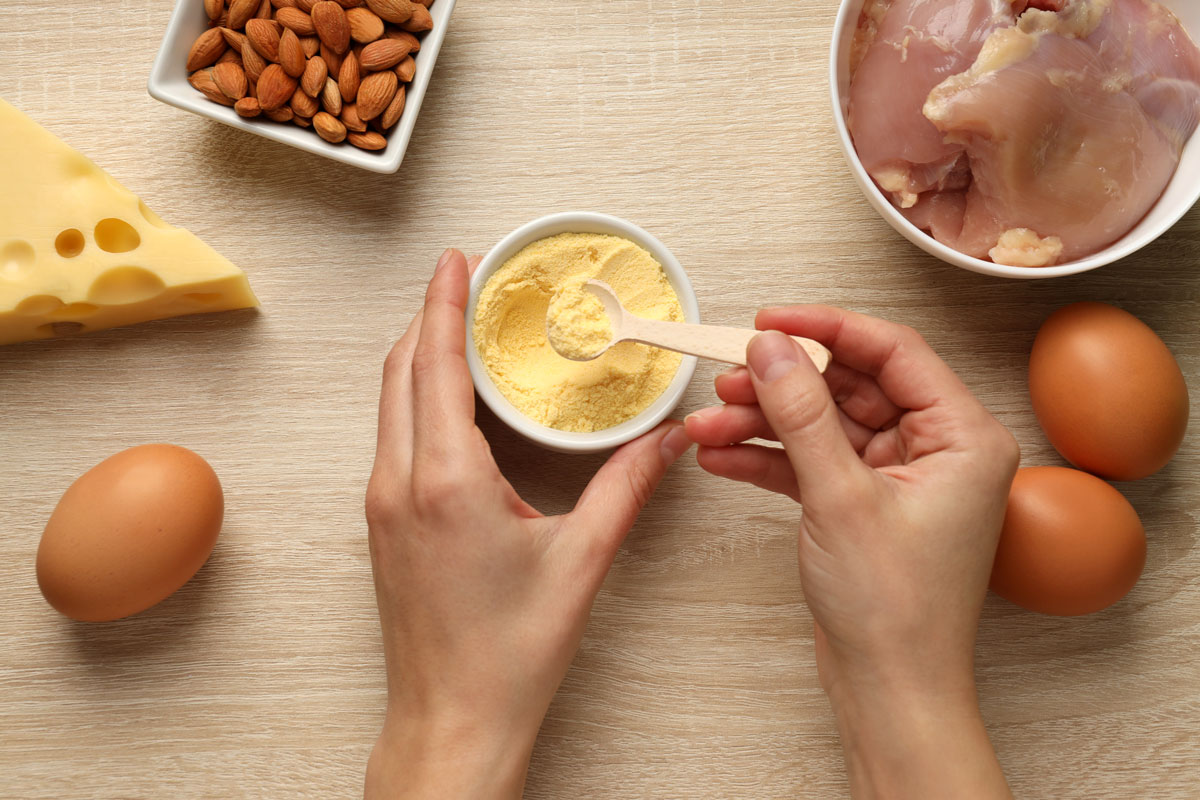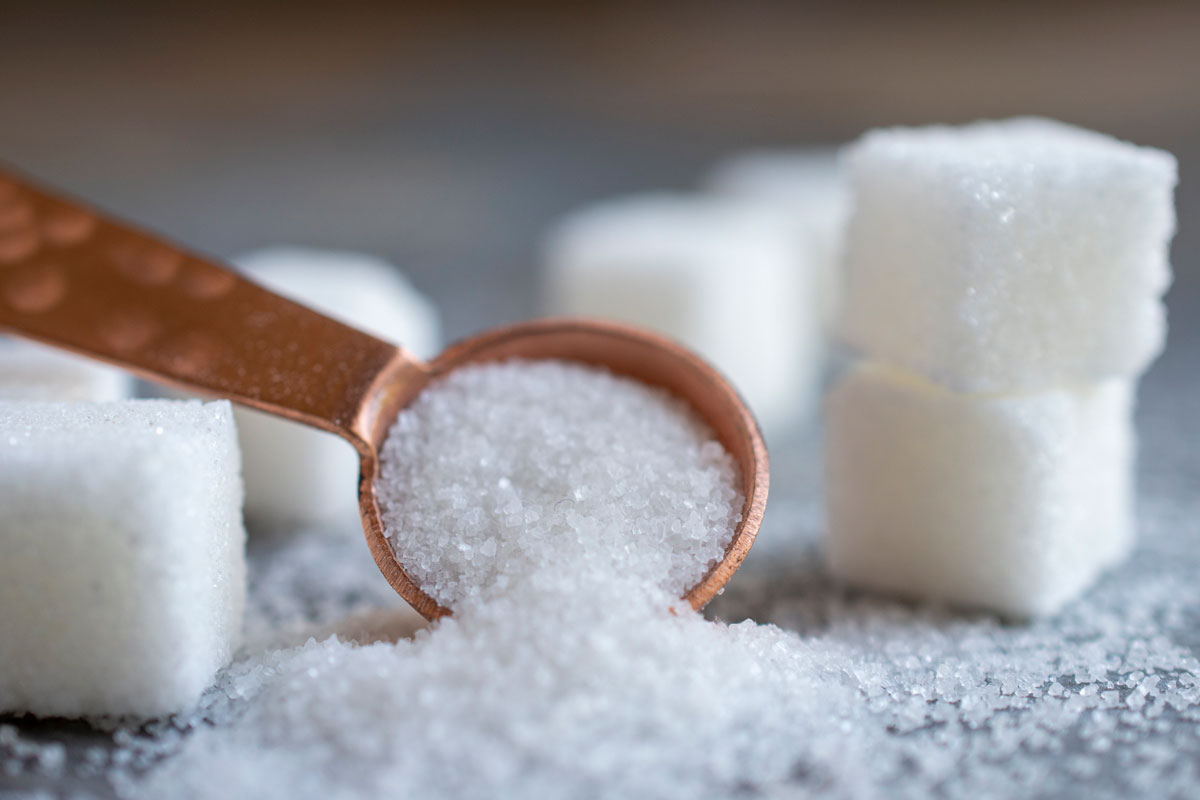One of the best ways to maintain a healthy diet is by eating at home. Here are some tips to help keep your cooking healthy and satisfying.
- When veggies are overcooked, they lose their color and may lose some nutrients. Preserve their nutrients and colors by cooking them quickly with either steaming or stir-frying.
- Use herbs, vinegar, tomatoes, onions and/or fat-free or low-fat, low sodium sauces or salad dressings instead of creamy based ones for better health, especially if you have high blood pressure or high cholesterol.
- Use your time and your freezer wisely. When you cook once, make it last longer by preparing enough for several other meals. Freeze it and have a ready-made healthy treat for the next time you are simply too tired or busy to cook.
- A smoothie can cover a multitude of needs. Throw a banana (you can keep them in the freezer for weeks) into your blender along with frozen berries, kiwi or whatever fruit is around, 100% orange or other juice, and fat-free or low-fat yogurt (no added sugars). You can get 4–5 servings of fruit in one glass of yummy shake. Try getting your loved one to sip on a smoothie. It’s easy, cool, refreshing and healthy. Just be careful, smoothies can be high in calories when they are made with full fat ice cream or full fat yogurt and sugar.
- Prepared seasonings can have high salt content and increase your risk for high blood pressure. Replace salt with fresh herbs and spices or salt-free seasoning mixes. Use lemon juice, citrus zest or hot chilies to add flavor.
- Canned, processed and preserved vegetables often have very high sodium content. Look for “low-sodium” or “no salt added” on canned veggies or try the frozen varieties. Compare the sodium content on the Nutrition Facts label of similar products (for example, different brands of tomato sauce) and choose the products with less sodium.
- Prepare muffins and quick breads with less saturated fat and trans fat and fewer calories. Use three ripe, very well-mashed bananas, instead of 1/2 cup butter, lard, shortening or oil or substitute one cup of applesauce per one cup of these fats.
- Choose whole grain for part of your ingredients instead of highly refined products. Use wholewheat flour, oatmeal and whole cornmeal. Whole-wheat flour can be substituted for up to half of all-purpose flour. For example, if a recipe calls for 2 cups of flour, try 1 cup all purpose flour and 1 cup minus 1 tablespoon whole-wheat flour.
- In baking, use plain fat-free or low-fat yogurt or fat-free or low-fat sour cream instead of butter, whole milk, or heavy cream.
- Another way to decrease the amount of fat and calories in your recipes is to use fat-free milk or 1% milk instead of whole or reduced-fat (2%) milk. For extra richness, try fat-free half-and half or evaporated skim milk.




